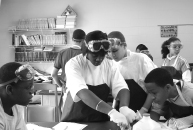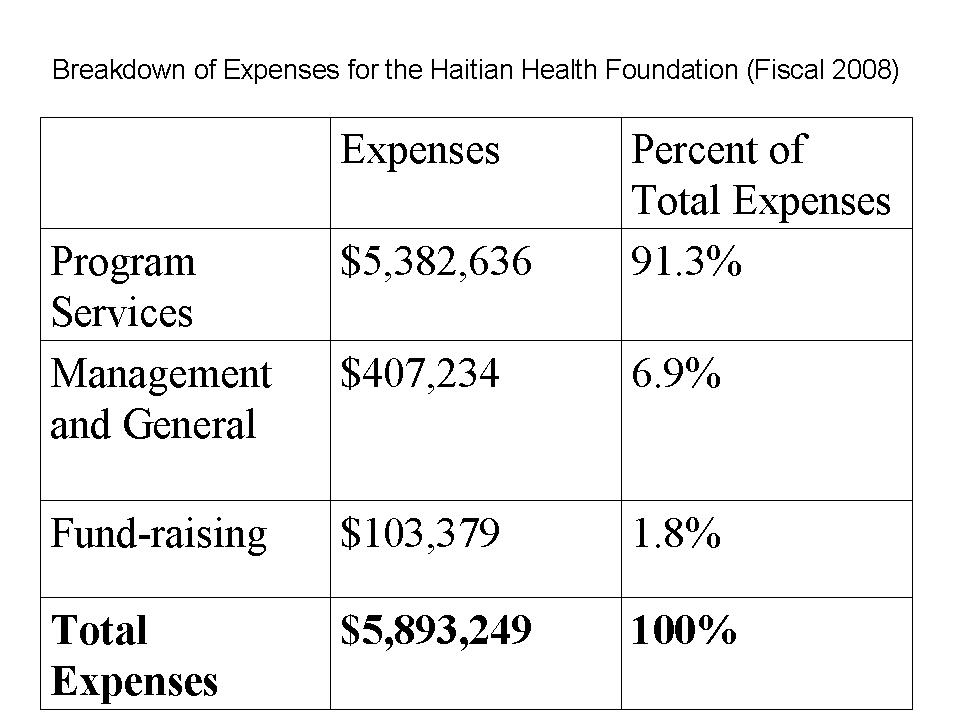It does not take an expert to spot the new clients at the Center for Victims of Torture. Their body language — downcast, withdrawn, fearful — gives them away.
The Center, housed in a former Victorian mansion on the University of Minnesota campus in Minneapolis, was founded in 1985 to help torture victims restore their punctured psyches and shattered lives.
The Center’s clientele consists of refugees from repressive regimes all over the world. Governments do not resort to torture primarily to obtain information or extract confessions, said the Center’s director of development, Peter Dross. “It’s about destroying individual people and then sending them back to their communities as a really gruesome message to the victim’s family, friends, communities about what will happen to you if you become engaged in democracy-building activities or activities that support human rights. It’s about creating cultures of apathy and fear, which then allow those repressive elements to control societies for generations.”
The Center traces its origin to the early 1980s, when Minnesota’s late Gov. Rudy Perpich organized a task force on torture at the urging of his son, Rudy Jr. The younger Perpich, then in college, had become interested in human rights as a volunteer for Amnesty International.
First in U.S.
At the time there was no similar program anywhere in the United States. The Minnesotans used the Rehabilitation Center for Torture Victims in Copenhagen, which Gov. Perpich visited along with members of his task force, as their model.
Rudy Perpich Jr. remembers his father’s efforts. In 1986 the governor’s pollster told him to drop the Center idea because it was hurting him politically. “I’m proud of my father that he stayed with it. If it wasn’t for him there wouldn’t have been a Center for Victims of Torture.”
Today the Center has the capacity to handle 150 clients per year, with a new facility in the West African nation of Guinea handling an as-yet uncounted number of others. The client base, nearly all of whom were men in the early years, now is more than 40% female. In 1998 fully 87% of the clients in Minnesota came from Africa, up from about 50% just a few years earlier. Of the remaining clients, 6% were from the Middle East, 4% from Asia and 2% from Eastern Europe.
Most clients arrive as refugees seeking asylum in the United States. In their homelands, many were highly educated professionals who were tortured precisely because their education and social status threatened the existing regime. While they await their asylum decision, however, most are unable to legally work or receive medical or welfare benefits in this country. The victims sit for months in enforced idleness, while the Center relies on public donations to cover about three-quarters of its $2.25 million annual budget to assist them.
Part Of One’s History
Clients typically arrive at the Center suffering from classic symptoms of post-traumatic stress, including nightmares, flashbacks, anxiety and inability to concentrate, said Jody Johnson, a clinical social worker. “What we are doing in the first stages of treatment is trying to stabilize the post-traumatic symptoms and get those under control, because not much else can happen until those are under control, until they have a sense of basic safety re-established in their lives.
“Once that is established, then we really think about more traditional psychotherapy where we are really going into the story more in-depth and as therapist. Then we become both the witness and the co-partner with the client in taking apart the traumatic events into more digestible pieces, with the goal being to come to terms with what happened. Gradually the story becomes part of one’s history, rather than the continual source of one’s terror.”
Social workers at the Center help clients arrange for food and shelter and adjust to life in a different culture amid Minnesota’s harsh climate. “People literally flee their home countries in fear of their lives, leaving behind essentially everything,” said Dross.
Even the Center’s clinicians often turn to one another for support in dealing with the shock of becoming “witnesses” to their clients’ histories. But, said Johnson, “The other side of the horror of working with torture survivors is the resiliency of our clients, the kinds of things that they have been through and yet they continue to hope, to have hope. Just their tenacity and their courage and their resiliency is really a constant inspiration.”
Dross takes comfort in seeing those initially withdrawn torture survivors recover some sense of normalcy.
“Pretty soon,” he said, “clients are getting up and shaking your hand and smiling and asking, ‘Hi. How are things going?’”










